History and general information
When you sail along the coast of Mallorca or Menorca aboard a catamaran, one thing strikes you immediately: everything here speaks of history. In the shapes of the coves, in the stones of the watchtowers, in the calm harbors where traditional boats line up. You're not just looking at a landscape, you feel you're passing through something older.
The Balearics have always been a crossroads. Phoenicians, Greeks, Carthaginians, Romans, Byzantines, Moors, then Catalans: all have left their mark. The islands have changed hands, languages and religions, but they have kept their course: that of the sea, the wind and a certain gentle way of life.
Minorca, the more tranquil of the two, has an astonishing past: in the 18th century, it was briefly British, and you can still drive on the left in certain bends! There are also those strange prehistoric constructions, the talayots, which passengers often discover with curiosity: we don't know everything about them, but they seem to have been watching over the island for over 3,000 years.
Majorca, on the other hand, has seen the grandeur of the Aragonese kingdoms, corsairs, invasions and revolts, but also the music of a certain Frédéric Chopin, who spent a winter here in 1838 with George Sand. He took up residence in a former monastery, and despite the damp, composed some of his finest works there. George Sand herself wrote a famous book: Un hiver à Majorque.
But what you'll remember aboard the ship are the traces: a Moorish tower at the bend in a cove, the outline of a Catalan bell tower seen from the sea, the name of a bay that evokes an old pirate story. Fishermen will still tell you, with a smile, that Roman galleons sleep at the bottom of certain calas. "No one has ever found them, but we're still looking," they say.
And then there's the strong link between the islands and their sea. Here, everything starts from the water: roads, goods, encounters. That's what you feel when you're sailing, when the wind gently pushes you along the coast, and the islands slowly reveal themselves. Majorca, Minorca: two very different sisters, but united by the light, the perfumes and the thousand-year-old history that you can guess without even opening a book.
Local flavours
Taste Majorca and Menorca, CATLANTE version
Both on board and ashore, you're in for a treat. Here, cuisine tastes of sunshine, olive oil and freshly caught fish. The markets abound with heirloom tomatoes, melons, figs and almonds. You'll soon discover that the Balearic Islands are a place of simple yet authentic food.
In Mallorca, we'll tell you about pa amb oli, bread rubbed with tomato and garlic, drizzled with local oil and shared with a bit of ham or cheese. At sea, it's the kind of lunch we love: uncomplicated, but perfect.
Delicatessen lovers will love sobrasada, a spicy, moist Mallorcan speciality that can be spread or cooked. And to accompany it all, a small glass of island wine, red or white.
In Menorca, cheese reigns supreme: mature Mahon, either full-bodied or mild, is the perfect accompaniment to a sunset aperitif on deck. There's also a lot of talk on board about mayonnaise, which some say was born here: a sauce that is said to have traveled all the way from the port of Maó to the French court.
On the sweet side, ensaimadas are a real treat. This spiral-shaped pastry, light and sweet, can be enjoyed at breakfast with coffee or after a siesta in the shade of the boom.
And sometimes there are surprises: a lemon picked from a garden, a glass of hierbas mallorquinas, the typical herbal liqueur. Flavours, too, are part of the journey!
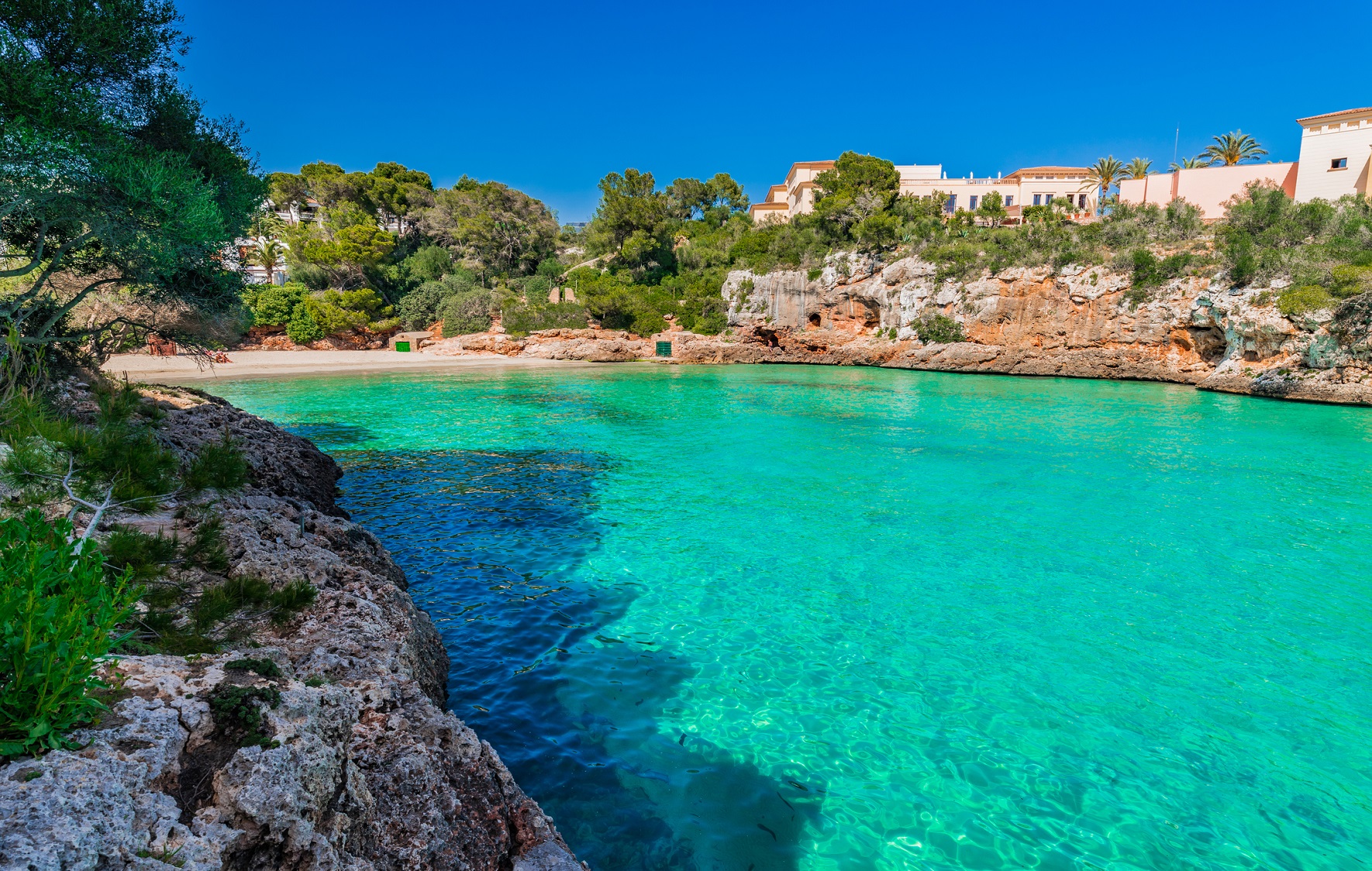
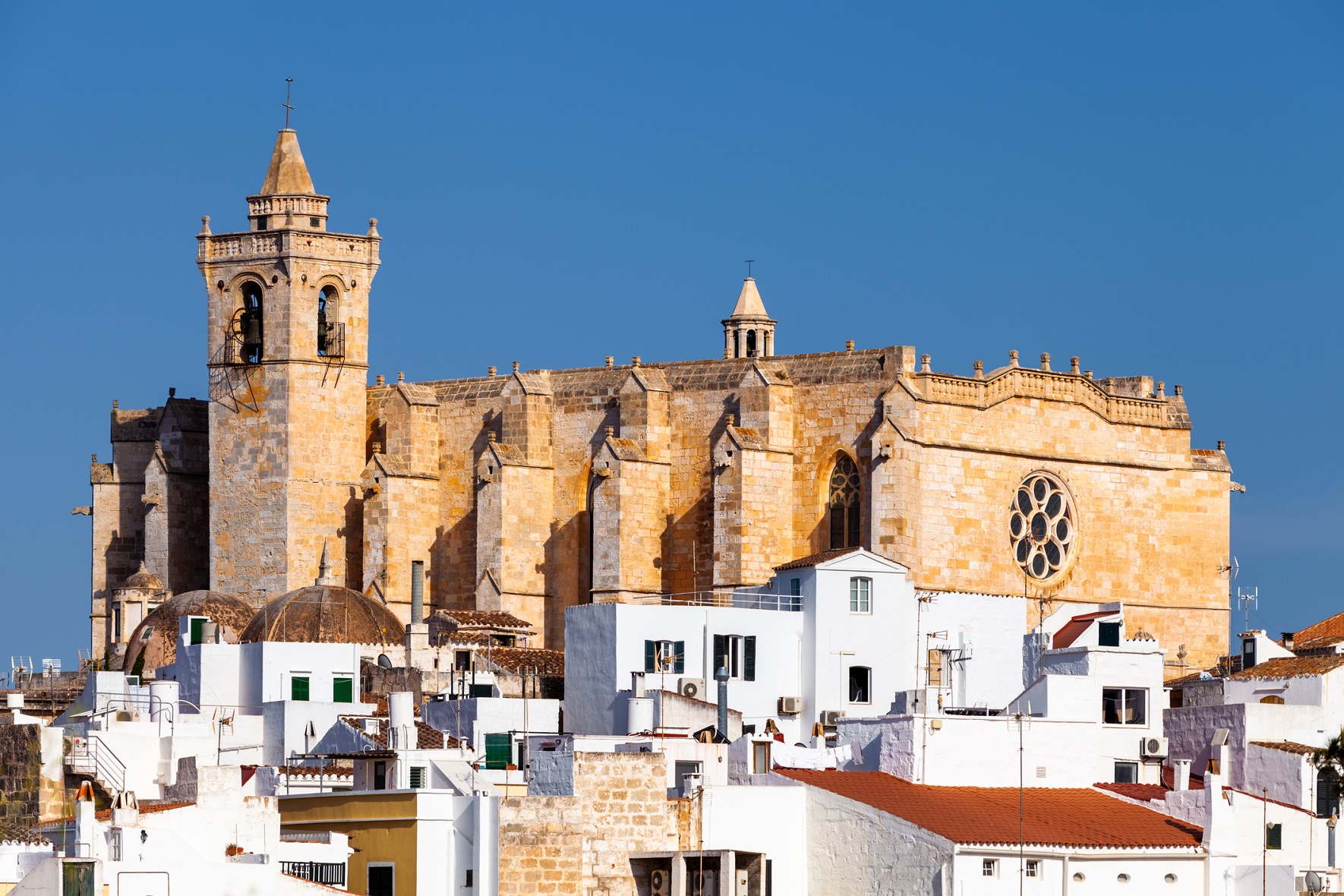
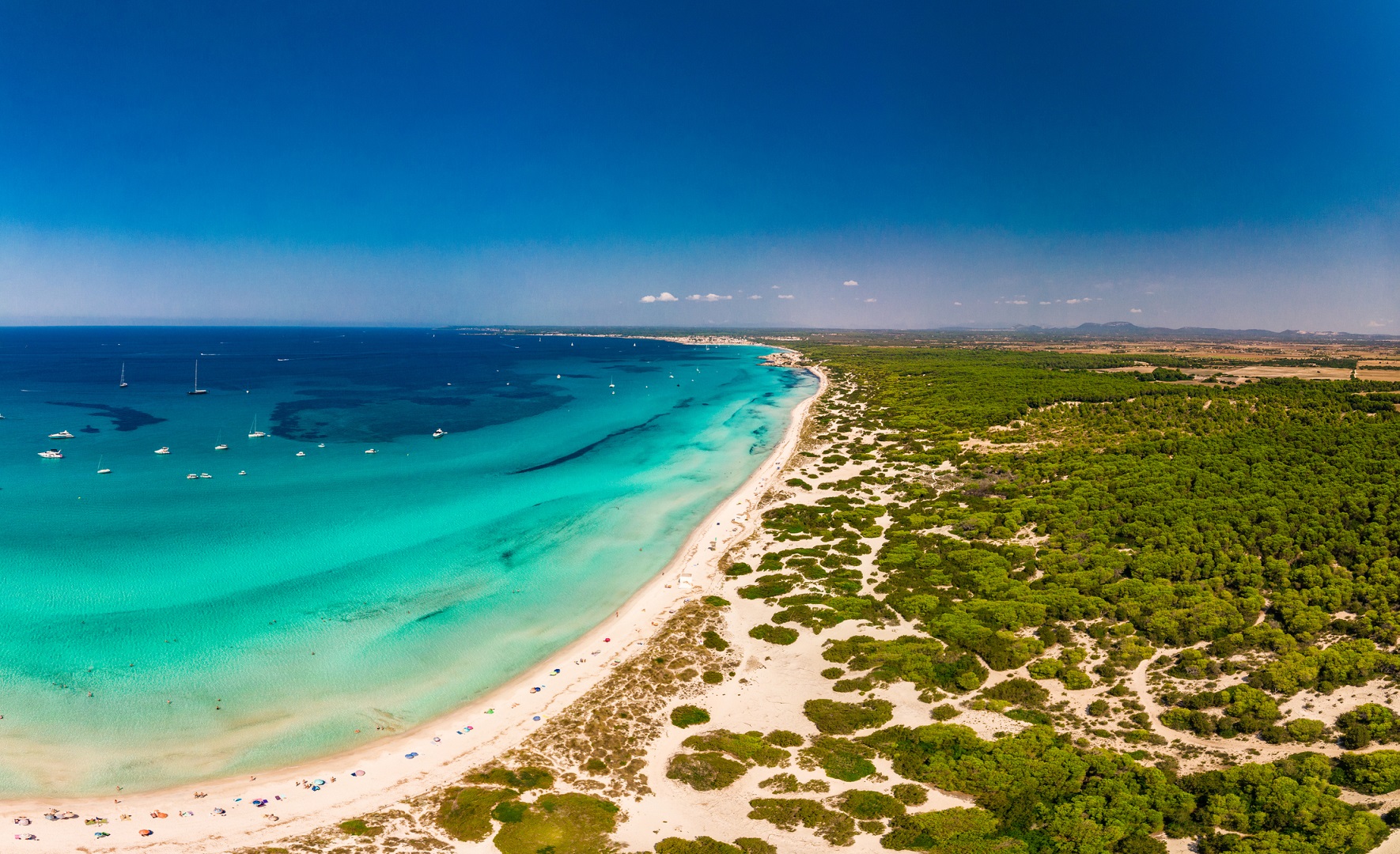
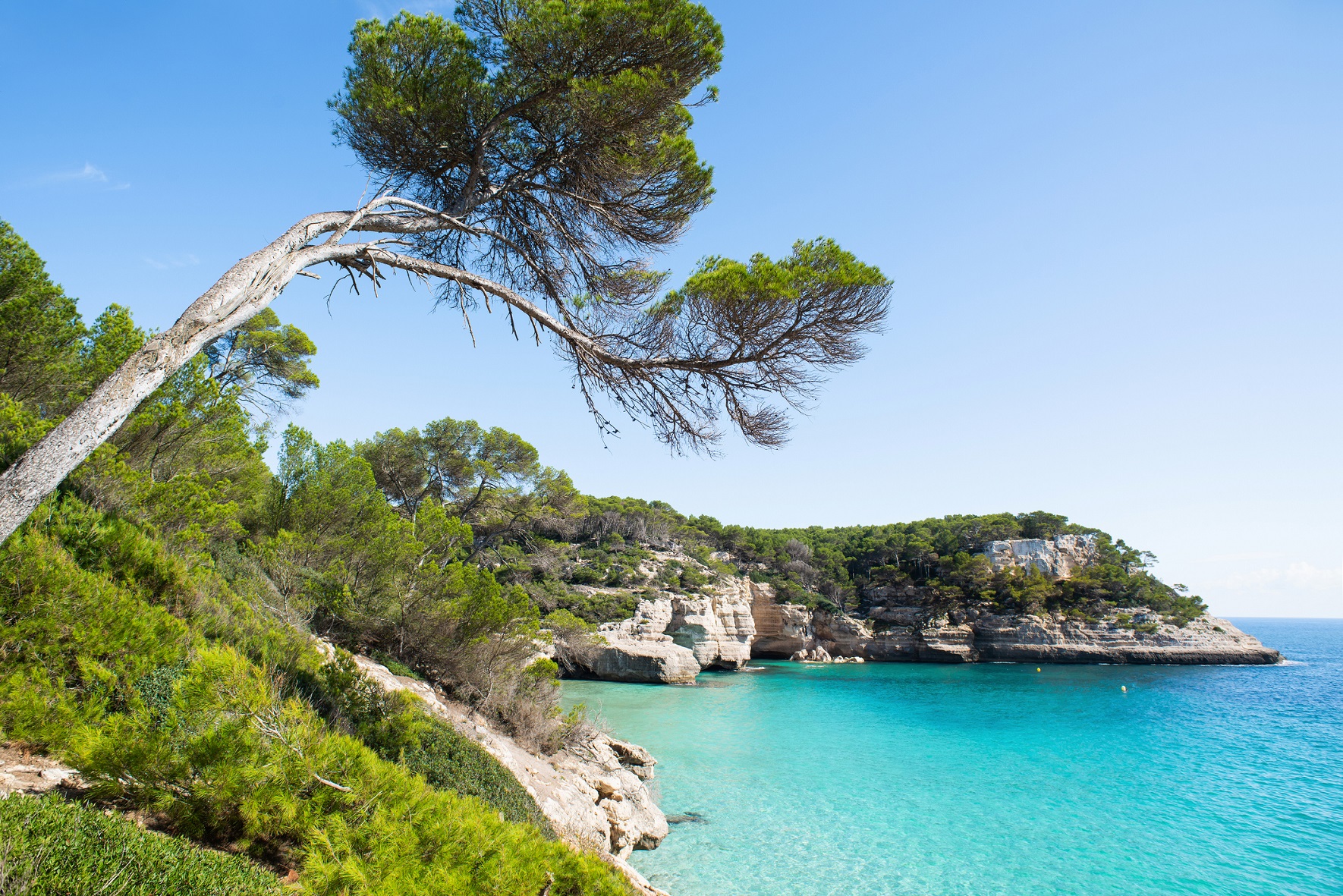
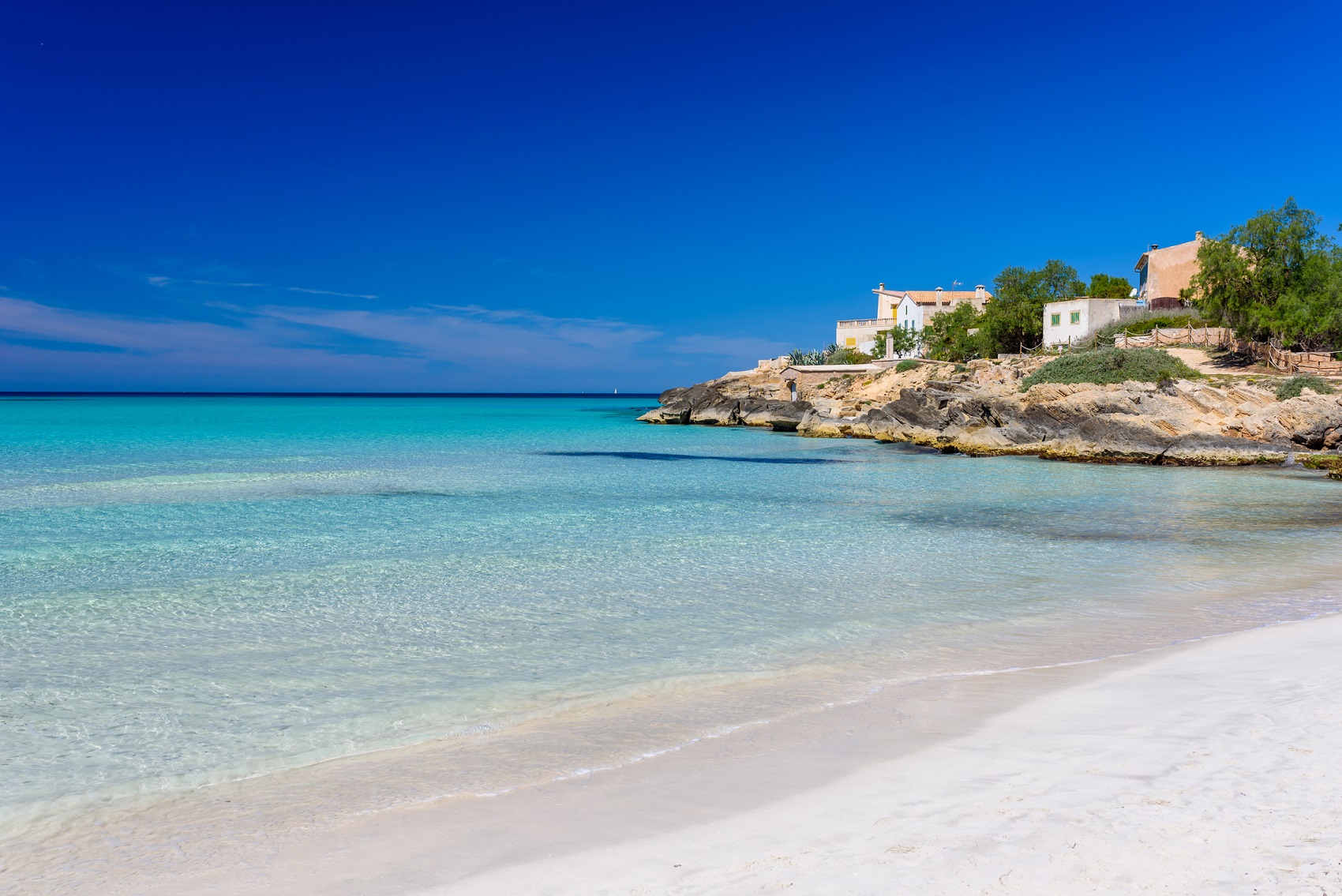
Comment s'y rendre
Palma de Majorca is easy to reach
By plane
Majorca airport welcomes direct flights from 140 European cities, as well as from New York during the summer season!
13 French cities are connected to Palma de Majorca. Connections are mainly seasonal (spring to autumn). The most frequent airlines are Volotea, Transavia, easyJet and Ryanair. There's bound to be a plane near you that flies to Palma.
By ferry
2 to 3 departures a week from Toulon and/or Sète to Alcudia, north of Palma, with Corsica Ferries.
A savoir avant de partir
CATLANTE cruises depart Mondays from early June to late September from Marina de la Lonja in Palma de Mallorca.
For EU nationals: valid identity card or passport,
Embarkation takes place at the Marina Lonja Charter port between 6pm and 7pm.
Disembarkation takes place in the morning at D+8 until 9am.
By cab:
Palma's Marina de la Lonja is about a 20-minute cab ride from Palma airport.
The average fare is €20. Choose white cabs with meters.
By bus :
From the airport, take the A1 bus (leaving every ~15 min - 5€ per ticket) to the center of Palma. Time to Plaça d'Espanya / Estació Intermodal stop: ~17-20 minutes.
At Plaça d'Espanya, change to bus line 1 towards the port. This bus runs every ~10-20 minutes (Saturdays/holidays a little less frequent). Time to a stop near La Lonja: approx. 10-15 minutes.
Arrive at the Lonja Marina Charter, located near the Portopí / Estación Marítima (final stop of bus 1). You're just a 2-3-minute walk from the dock.
It's not advisable to take a large rigid suitcase, as it won't be easy to stow in the cabin. Instead, use cabin-size luggage or travel bags/soft suitcases.
At present, we don't have a Catlante luggage locker. However, there are plenty of luggage lockers in Palma: mallorcalockers.com, stasher.com/en/luggage-luggage-luggage-luggage-luggage/palma-de-mallorca.
Stroll around the cathedral and royal palace:
Just a stone's throw from the marina, the majestic La Seu cathedral and Almudaina palace dominate the bay. A must-see to admire the Gothic architecture and sea views from the gardens of S'Hort del Rei.
Galleries and lively alleyways:
Lose yourself in the narrow streets of La Lonja, the old merchant quarter. Here you'll find art galleries, charming shady squares and Renaissance buildings to observe while sipping a drink on a terrace.
Gourmet break:
Settle down on the Plaça de la Drassana or near the Llotja de Palma to enjoy an ensaimada (local pastry) or some tapas overlooking the yachts. Numerous cafés line the promenade.
Local shopping:
Heading up towards Passeig del Born, you'll find local boutiques, Majorcan designers (leather, pearls, handicrafts) and better-known names in an elegant, tree-lined setting.
In the Balearic Islands, the currency is the euro: there's no need to change your banknotes if you're from a euro zone country. Credit cards are accepted just about everywhere, even in the smaller ports, but remember to carry a little cash for the markets and village cafés.
In terms of climate, you're in for a treat. Summer is hot and dry, but the sea breeze makes for a very pleasant atmosphere on board. The water is perfect for swimming from June onwards, and there are still plenty of sunny days until October. Nights at sea remain mild: a light sweater is all you need if the wind picks up.
The languages spoken are Castilian (Spanish) and Catalan, with local variants (Mallorquín and Menorquín). But don't worry: in ports, restaurants and stores, English and French are often spoken with a smile.
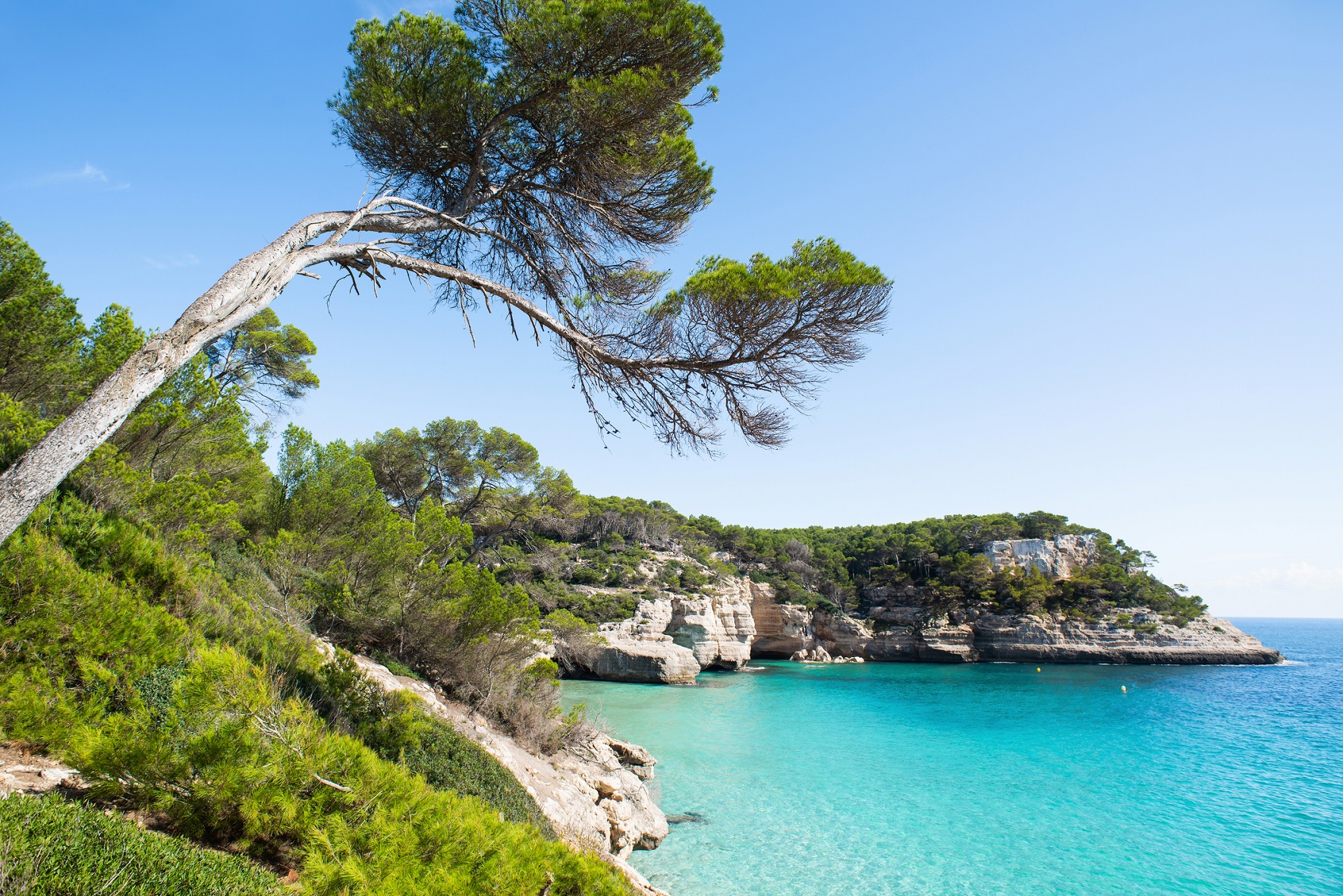
Enjoy your trip with CATLANTE Catamarans
The French leader
for 20 years
The tranquility
of the all-inclusive
A local and quality
cooking
French flag,
French-speaking crews
Eco-responsible
holidays

